Hey, Quick Question: Why Are These New Designer Collections So Expensive?
- Oops!Something went wrong.Please try again later.
Last month, Chloé's Fall 2024 collection — the first under new creative director Chemena Kamali — debuted via a trunk show on Moda Operandi. The prices sent the internet into a spiral: a brown ruffled silk cape dress for a whopping $26,000, a slouchy crescent-shaped bag with banana-shaped gold hardware for $4,900, a leather trench coat with cape detail for $10,890.
It was just one example of price hikes that continue to puzzle fashion fans online and IRL, especially among brands with buzzy new creative directors or cult followings. Matthieu Blazy's first Bottega Veneta lineup, for example, caused some stir after its leather fringed skirts were priced at nearly $30,000. Last year, Phoebe Philo's debut came with prices so high, they weren't even listed for some pieces. (Customers had to inquire.)
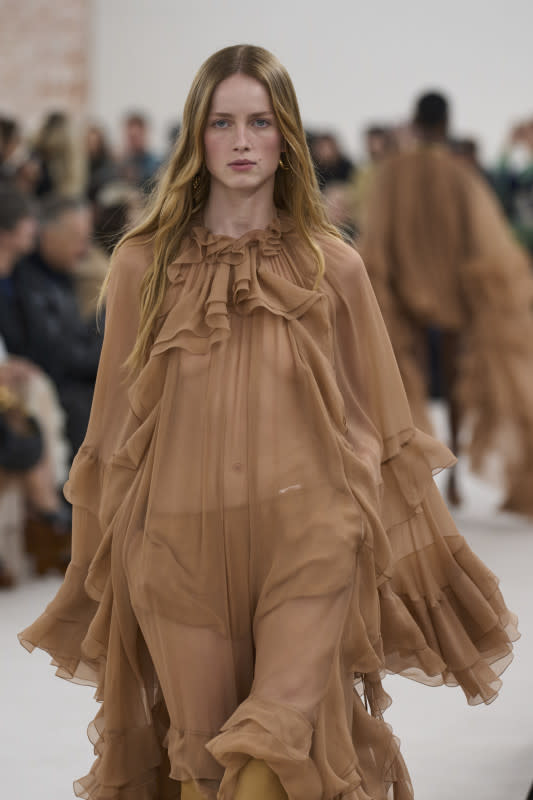
Photo: Launchmetrics Spotlight
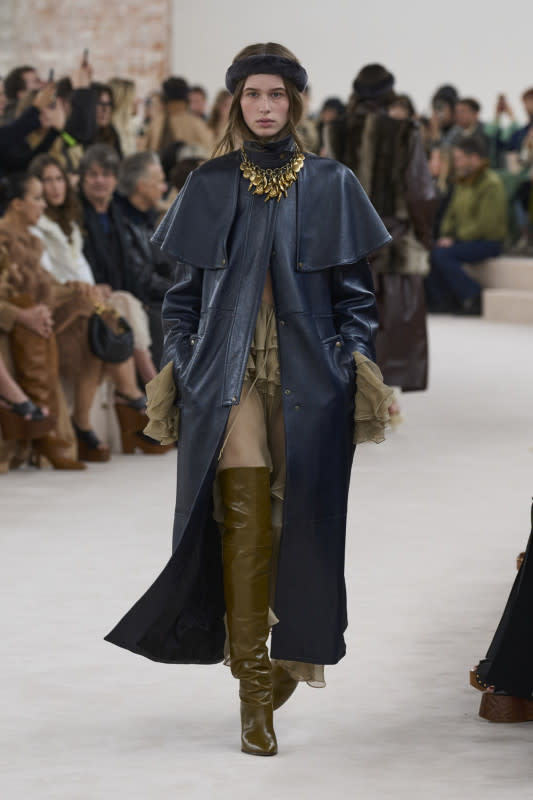
Photo: Launchmetrics Spotlight
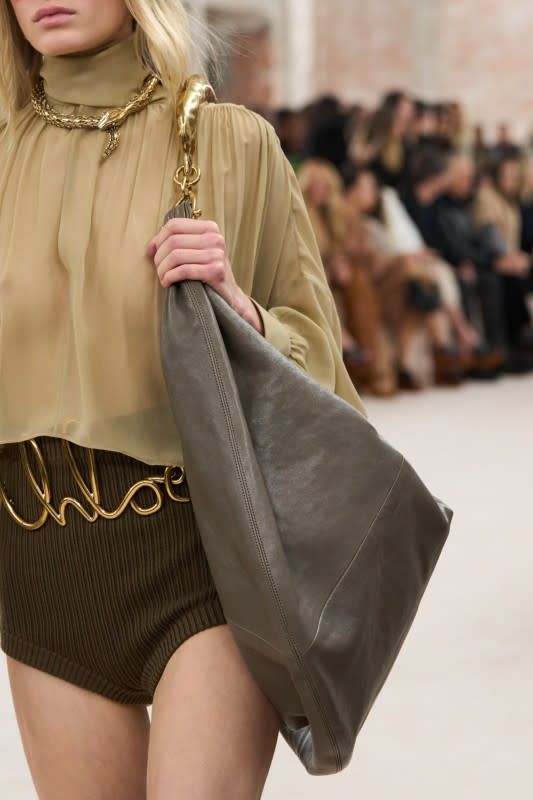
Photo: Launchmetrics Spotlight
Sure, luxury price hikes are nothing new: Chanel raises prices annually; last March, the starting price of its medium flap bag reached a new high of $10,000, due in part to inflation in production costs and materials. Earlier this year, Hermès announced that it'd further increase prices by nearly 10%, after revealing sales over $3 billion in December 2023. The better the performance and the higher the inflation, the more brands can charge for their wares. But the latest round of hikes — combined with inflation, higher costs of living and class consciousness — is making luxury fashion feel even more exclusionary, separating the haves from the have nots.
According to Juan Manuel Gonzalez, founder and CEO of G & Co., a consulting firm that specializes in retail and luxury, price hikes are a way for brands to reposition themselves in a more exclusive realm, especially when it comes to what type of clientele they're associated with. "One of the ways to really stand out holistically is to make it difficult for the masses to be able to acquire the products," he says. "Price makes it difficult to do that."
Beyond inflation, brands are justifying these price hikes with arguments about quality. Since taking over the reins at Bottega Veneta, Blazy, for one, has put a strong emphasis on craftsmanship. "Timeless is a word I just cannot hear anymore," he told The New York Times. "It's more about a responsibility to offer something that lasts." That often translates to materials: According to the Times, a Murano glass handle version of Bottega Veneta's Sardine bag sold at Bergdorf Goodman for $11,000 each.
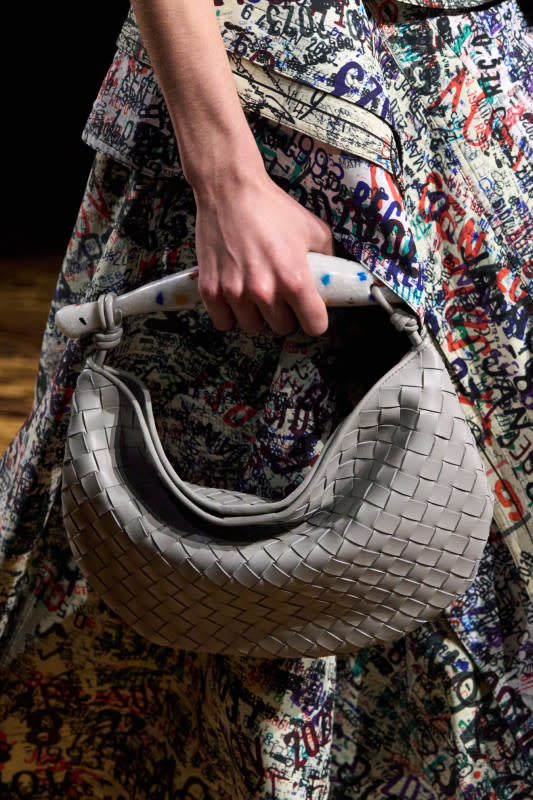
Photo: Launchmetrics Spotlight
"You already know that price is supposed to be an indicator of quality and value, and, if you position it correctly, pricing everything higher can actually help out the company," says Gonzalez. Just look at Hermès: Last year, it reported a nearly 18% increase in sales, after raising its prices by 7%.
The recent price hike trend also reflects the broader economic landscape, with brands intentionally targeting the high net-worth individuals for whom economic hardship is less of a concern. "That consumer has been shielded from inflation and from the bumpy road that other people have seen in the last couple of years," says Joelle Gruberg, McKinsey's lead for apparel, fashion and luxury in North America.
Then, there's the secondhand boom, a $50 billion market that has increased both the supply and demand for luxury fashion. Its success has made these houses weary, for a couple of reasons: because of the concern over fakes, which have continuously bypassed many resale platform's authentication processes; and because of the channel it creates for aspirational consumers to access and purchase a brand's goods without having to go directly to them. And since resellers set the price based on demand, upper-echelon brands like Hermès and Rolex often resell for more than their original retail value.
By raising their prices, brands are making themselves available to an even smaller chunk of would-be customers.
Gruberg argues that this has created a void for people who aren't interested in fast fashion, but can't afford to throw thousands on a pair of Loewe jeans. It's likely increased demand for more affordable luxury brands — think Totême, Tibi or Polène. "It's opening a price point that today is a bit empty and doesn't have much offering," she says. As a result, the aforementioned labels are booming right now: A recent report by McKinsey revealed that 75-80% of affordable luxury consumers only shop a handful of brands, showing a high level of loyalty from this sector.
That said, the demand for high-luxury brands is still there — price hikes be damned — according to personal luxury shopper Gab Waller — who sources items for celebrities, high-net-worth clients and aspirational fashion fans alike. "Truthfully, I haven't seen a pushback from clients," she says, adding that, while she's certainly heard frustrations, requests for these designer items are still coming in.
Waller highlights a Spring 2024 Gucci wool skort from Sabato de Sarno's debut collection at the house — that retails for nearly $3,000 — as evidence that disposable income is still thrown around by the people luxury brands actually want to target. While Diet Prada singled it out in a recent post as an example of outrageous pricing, Waller says that she got a ton of requests when she posted it on her account.
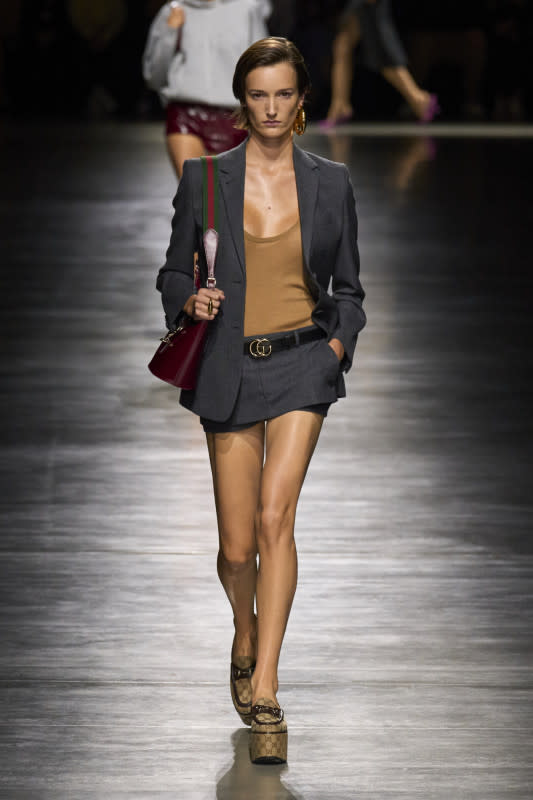
Photo: Launchmetrics Spotlight
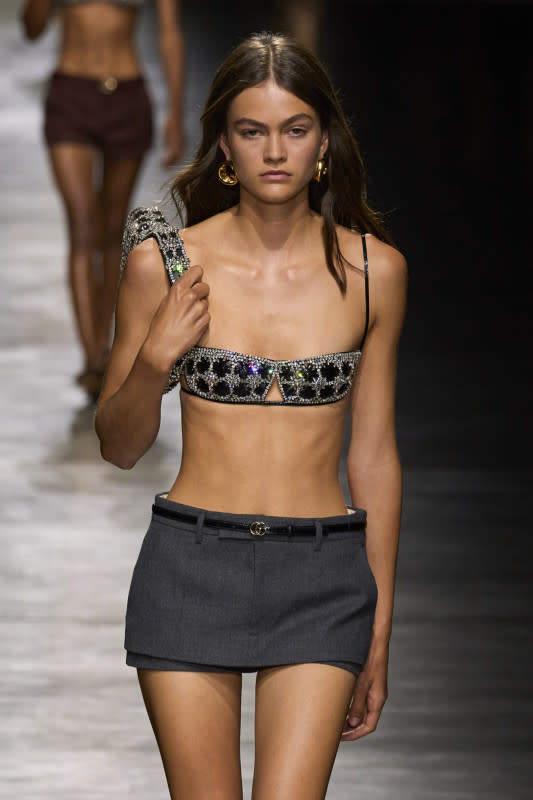
Photo: Launchmetrics Spotlight
Although she hasn't received inquiries about the $20,000 pieces yet, her client base isn't overthinking luxury purchases that range from $2,000 to $6,000. (Also, she says March 2024 was her highest-grossing month since launching her company.)
Whether the online outrage over outrageous pricing will nudge luxury brands to swing back the pendulum is up for debate — but it seems unlikely if it's working for them (like the aforementioned sold-out Bottega Veneta Murano glass Sardine bag and Phoebe Philo's largely-sold-out four-figure drops). Gruger, for one, believes prices will likely not decrease, even if brands start to regret their strong pivot: "Once you've increased, it's finished."
What she does envision is luxury brands introducing categories or collections of lower-priced items, to invite back aspirational consumers. "They will understand maybe at some point that it's a bit unfortunate that they've lost that part of consumers," she says.
Want the latest fashion industry news first? Sign up for our daily newsletter.
